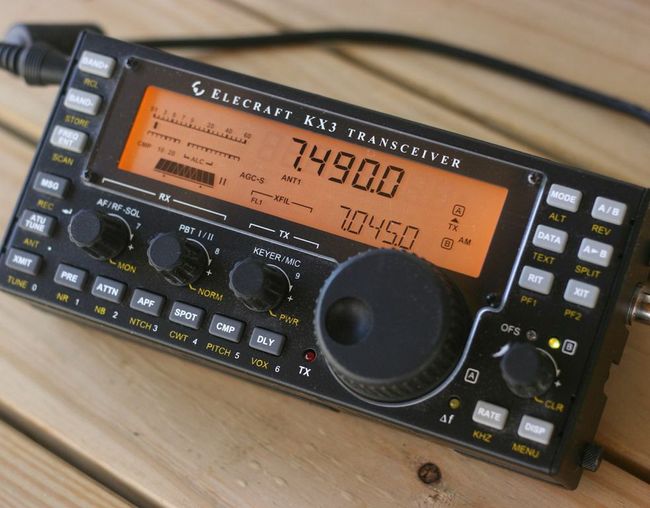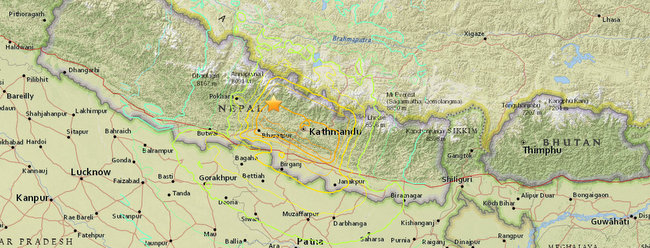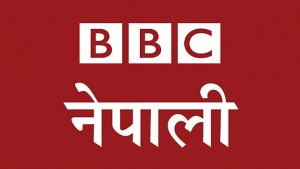
Many thanks to SWLing Post reader, John Drake, who shares this excellent article from ARS Technica:
“On Saturday, Nepal was shaken by a massive earthquake that registered a 7.8 on the Richter scale, causing widespread destruction in areas of dense population, and preventing aid workers from reaching more isolated villages in the mountainous regions. As of Tuesday, at least 5,000 people were dead and at least 10,000 were injured. Hundreds of thousands of people have been left homeless.
With any natural disaster, communication can often become a matter of life and death, and if phone lines are broken and cell towers crumble, relaying messages to the outside world and coordinating rescue efforts becomes that much more difficult. Add to that the fact that Nepal’s government is woefully unprepared to handle such a humanitarian crisis, and chaos reigns.
Still, some volunteers are trying to impose order on the chaos. After the quake, which shook cities in India as well as Nepal, volunteer ham radio operators from India traveled to the region to relay messages from areas whose communications infrastructure is broken or overloaded. Ham radio, also called amateur radio, is a means of sending and receiving messages over a specific radio frequency, and it is often used in disaster situations because it operates well off the grid; transceivers can be powered by generators and set up just about anywhere.
Amateur radio has taken a back seat with hobbyists in recent decades as other means of wireless communication have become cheaper and easier for people to use (you don’t need a special license from the FCC to operate a cell phone, although sometimes it seems like we’d be better for it if that were the rule). The decline in participation rates is unlikely to change substantially in the US, and the Times of India noted that awareness about ham radio is still low in India and nearby areas. Still, it has proven to be effective as a means of communication in Nepal in recent days.”
Continue reading on ARS Technica…
Transceivers like the Elecraft KX3 (above) are perfect for aid workers in need of communications in the aftermath of a natural disaster. Many modern transceivers (like the Kx3) can run for hours at a time off of battery packs, can be deployed almost anywhere and can easily be attached to amplifiers if needed.
It may take a license to operate amateur radio, but frankly it’s a fairly low barrier of entry. Morse Code tests are no longer required here in the US and all of the questions and answers are multiple choice and in the public domain. Indeed, I found the Technician (and former Novice) license test to be incredibly educational; especially with regard to radio propagation and basic electronic principles.
Everyone should support their amateur radio clubs who actively hone their emergency communication skills. As the ARRL often quotes: “When all else fails…amateur radio.” Even if you don’t have a license, amateur radio clubs welcome visitors. You can find a fairly comprehensive list of amateur radio clubs (in the US) via the ARRL.
Click here for a list of amateur radio organizations worldwide.
 (Source: BBC Monitoring)
(Source: BBC Monitoring)


